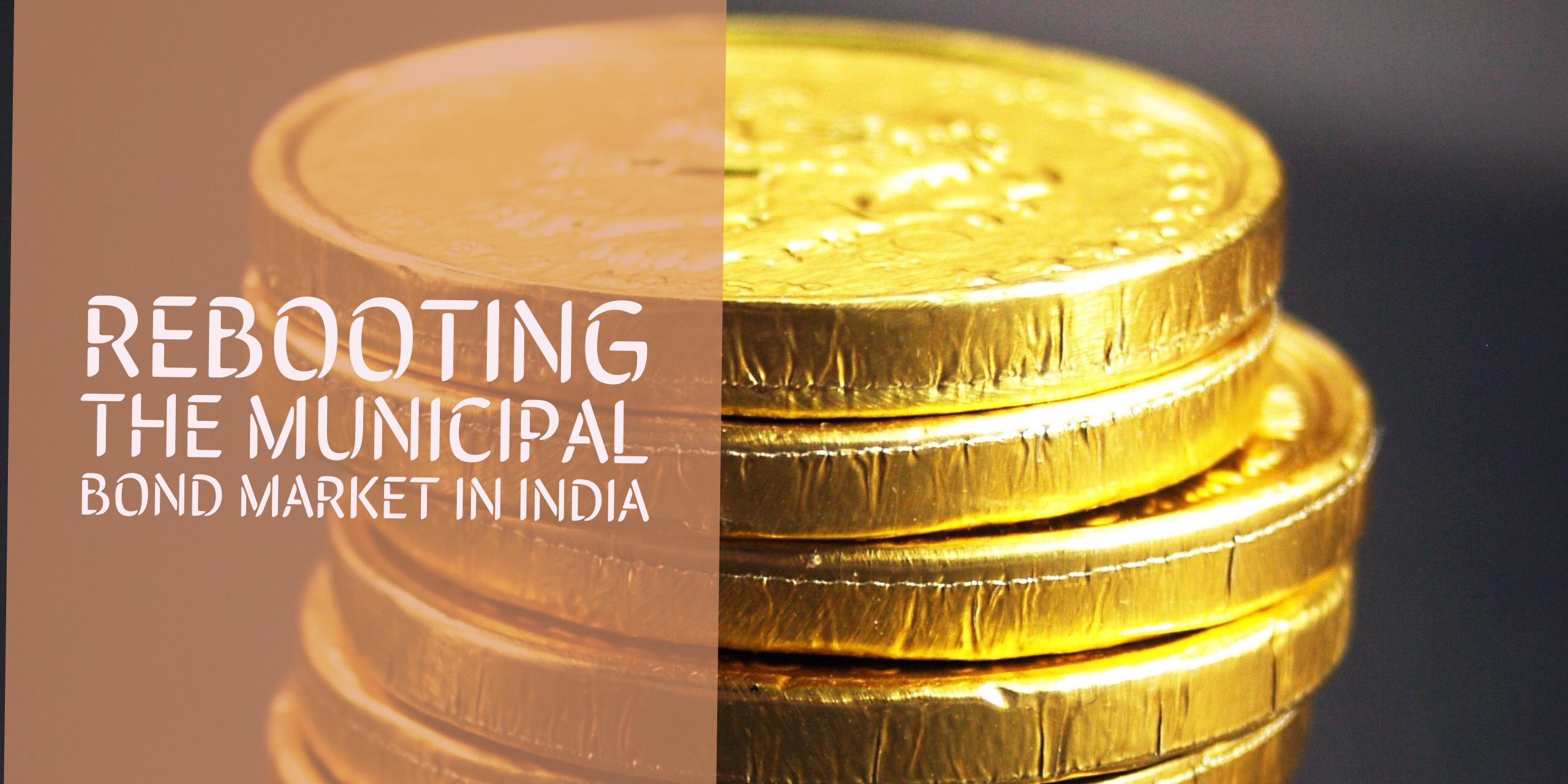Wealth management is traditionally viewed as an exclusive service, as something that only high net worth (HNW) investors can afford as it involves high client centricity. However, there is a real need to democratise investment advisory. Therefore, technology assumes a prominent role in enhancing the reach and cost efficiency of the traditional wealth management industry. Robo advisory is fast emerging as the next level of evolution in providing online wealth and asset management services to the affluent segment with the help of certain algorithms, which complement human advisors. Robo advisory has the potential to improve the productivity of traditional investment advisors. It is expected to drive financial inclusion by helping firms achieve scale, improve their propriety infrastructure and become more agile, nimble and cost efficient. Globally, robo advisory has started creating a niche for itself and is expected to drive transformation in the investment advisory landscape. Although, globally the current asset under management under Robo Advisory is at ~$300 billion (less than 0.5% of total global AUM), it is accelerating rapidly and is expected to touch ~$1-2.2 trillion (as per various agencies like Business Intelligence, AT Kearney) by 2020.

Robo advisory – The ‘next-gen’ wealth management ecosystem
- Robo advisors can offer an alternative solution to investors who have limited capital to invest vis-à-vis human advisory where there is a minimum threshold limit for investment management. They can do so at fees that are much lower than those for an investment advisor. The traditional portfolio managers charge anything between 1% and 2% of AUM as fees whereas robo advisors charge ~one-tenth of the same (i.e., in the range of 0.15-0.25%). Savings on fees on AUM over a longer time frame do enhance investment return as the investor has relatively higher reinvestment proceeds at his disposal. Robo advisors can offer even small investors a fully diversified portfolio
- Robo advisors take the guesswork and timing out of the equation. They rebalance at set intervals based on a predetermined risk tolerance. They stick to a plan. In the long run, this can guard many investors from making costly mistakes.
- Taxes can have a major impact on the investment rate of return. This is particularly true of capital gains and, especially, of short-term capital gains since they are taxed at regular income tax rates. Since they are fully automated, robo advisors are constructed in such a way that they are tax efficient. Some robo advisors also offer tax loss harvesting (TLH). This is a process in which capital gains are offset through the sale of investment positions that have experienced losses. The use of TLH can be engineered in such a way that it minimizes capital gains, without materially lowering the performance of the account
- From the financial service provider’s point of view, a robo advisory provides scalability in terms of garnering AUMs and resultant stable annuity fees coupled with relatively lower operating costs. As of 2016, the global AUM under this model was pegged between $200 billion and $300 billion, which would mean ~$0.6- 0.8 billion of stable fees for the industry. This would be earned with the same level of fixed costs. Furthermore, it is estimated that advisors empowered with robo technologies could service between 300 and 500 clients, i.e. around five to six times the traditional model. Consequently, it was found that with a hybrid robo – human advisory model, the required AUM to cover the costs of the advisor (salary plus overhead costs) would decline ~50%, clearly reflecting the scale and operating leverage benefits that it can offer.
 Shilpa Kumar, Co-Chairperson, FICCI Capital Markets Committee and Managing Director & CEO, ICICI Securities Limited writes this piece for us.
Shilpa Kumar, Co-Chairperson, FICCI Capital Markets Committee and Managing Director & CEO, ICICI Securities Limited writes this piece for us.





